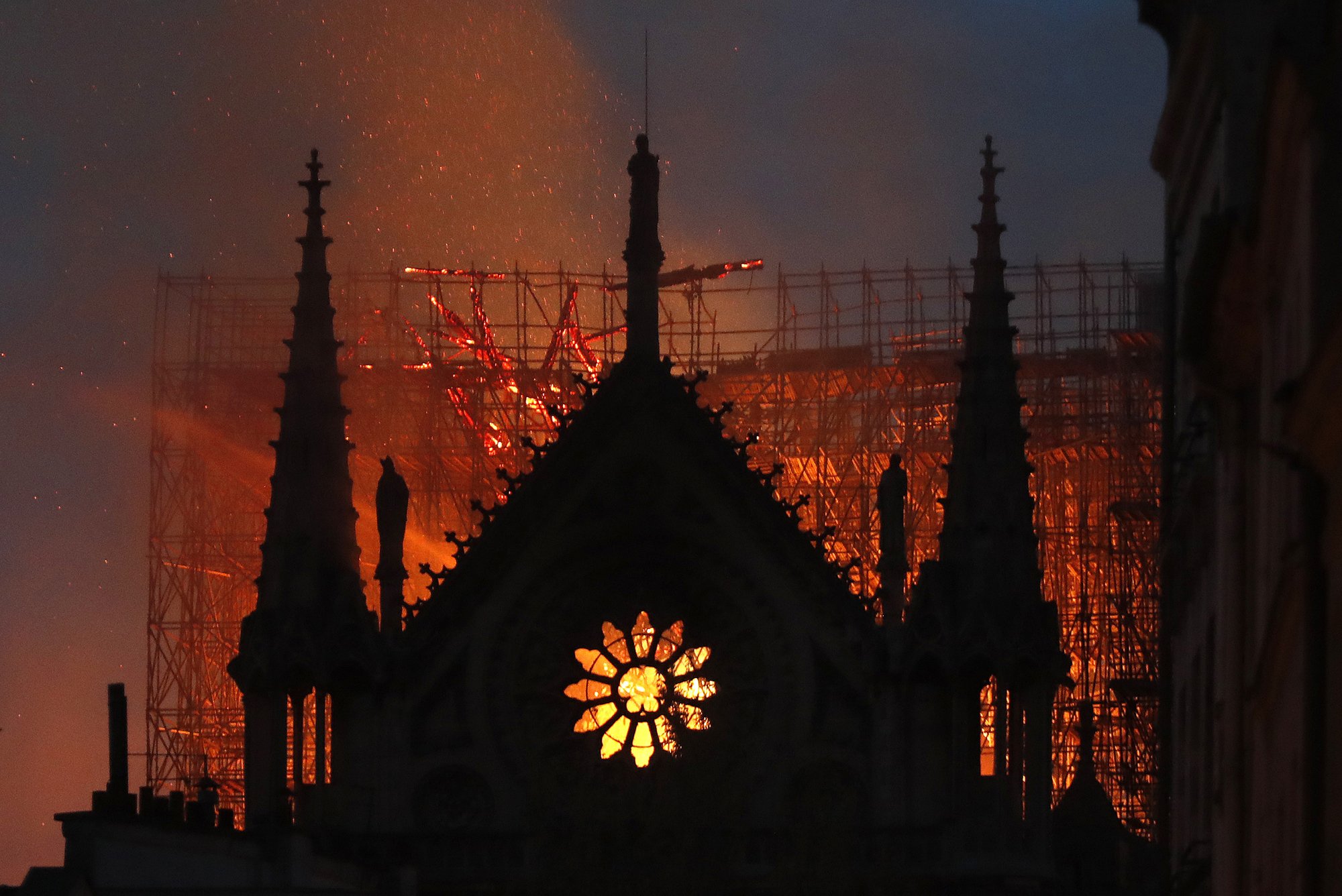In 1855, Elizabeth Siddal visited Paris on a journey funded by her patron, art critic John Ruskin.
I’ve often wondered what the experience was like for her. She had gone through so many thrilling changes in her life at this point, from shop girl to artist’s model, to gliding effortlessly to the other side of the easel and becoming an artist herself.
During her six week stay in Paris, Millais’ painting of her as Ophelia was on display at the Exposition Universelle. I do not know if she went to see herself, the sole figure in one of the most beautiful paintings in the world, but I like to think that she did.

One sight she was certain to behold during her stay was the majestic Notre Dame cathedral, described by Ruskin as “as a pure and lovely source of art instruction by any future energy or ingenuity”.
Dante Gabriel Rossetti, whom Siddal would later marry, wrote of Notre Dame in 1849.
The Staircase of Notre Dame, Paris
As one who, groping in a narrow stair,
Hath a strong sound of bells upon his ears,
Which, being at a distance off, appears
Quite close to him because of the pent air:
So with this France. She stumbles file and square
Darkling and without space for breath: each one
Who hears the thunder says: ‘It shall anon
Be in among her ranks to scatter her.’
This may be; and it may be that the storm
Is spent in rain upon the unscathed seas,
Or wasteth other countries ere it die:
Till she, – having climbed always through the swarm
Of darkness and of hurtling sound, – from these
Shall step forth on the light in a still sky.
Yesterday, Notre Dame held the world in its thrall.
We watched her burn.
I wish there was a more poetic way for me to say that, but the shock of it and the reality of those flames and their consumption of history, beauty, and craftsmanship left us all reeling with shock and dismay.
Today, Notre Dame still stands.
Weary, yet majestic.
She is a resilient beauty who has inspired countless travelers throughout her time and she will continue to do so. My prayers are with her and all of her homeland.


